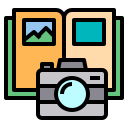Lighting Tips for Shooting Books with a Smartphone
Where you place your book in relation to a window can make or break the shot. Ideally, position your book so that the light falls from the side, rather than directly from above or behind, to avoid casting unwanted shadows. Side lighting offers depth and definition, accentuating the book’s textures and embossing. If the light is too direct, you might notice overexposed spots on shiny covers or paper. If your window lets in harsh sunlight, consider diffusing it with sheer curtains or a thin sheet. This helps create a more even and gentle illumination, reducing glare and providing a consistent backdrop for high-quality images.
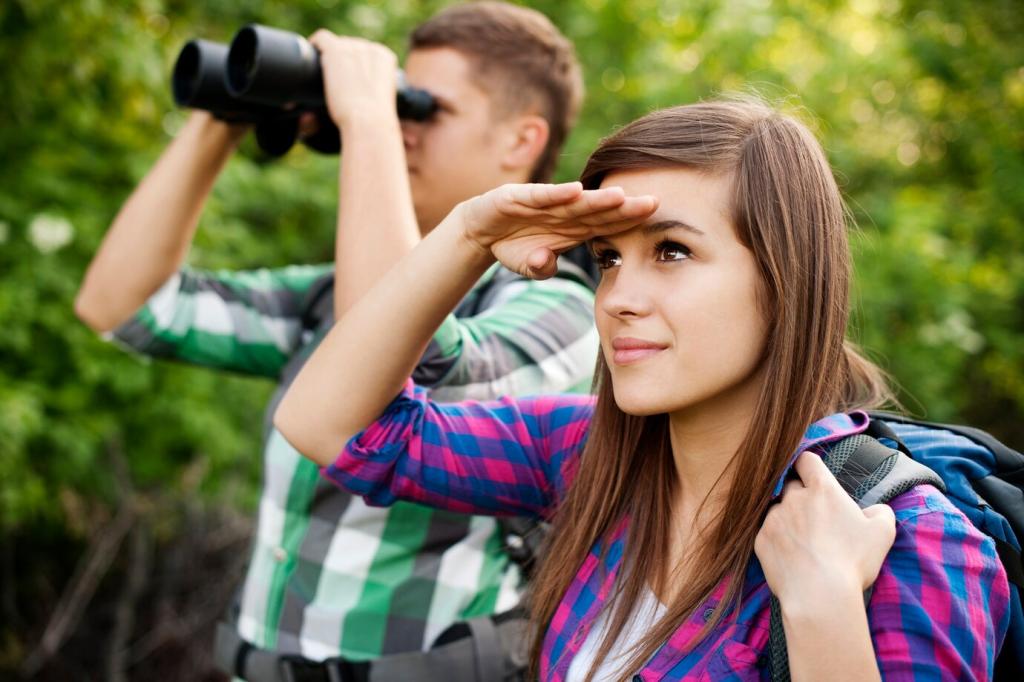
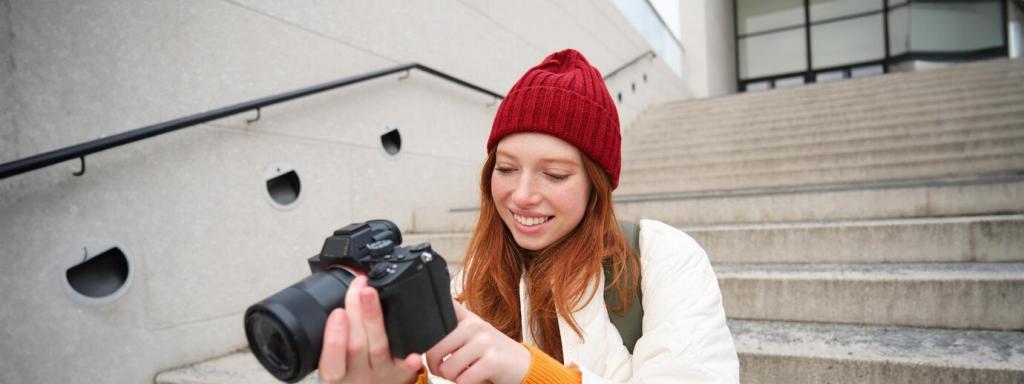
Different kinds of artificial lighting can impact your book photography’s quality and color accuracy. LED lights produce bright, even light and typically don’t overheat, making them ideal for prolonged sessions. Incandescent lamps, while less energy-efficient, offer a warm tone that can be flattering for certain book types. Fluorescent lighting, though frequently used in offices, might cast a blue or green tint, requiring post-editing correction. Experiment with available light sources to find the most suitable combination for your shooting space. Remember to keep colors in mind, as the temperature of your light source can subtly alter book covers and page tones.
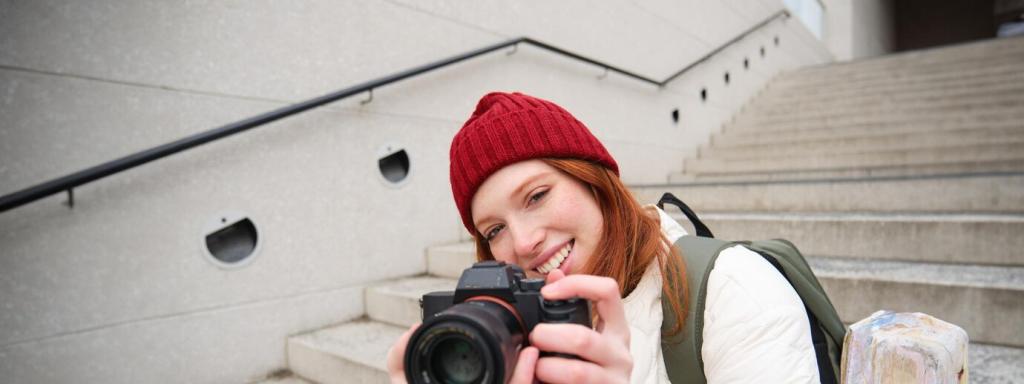
Harsh shadows often mar otherwise excellent book photos, making text difficult to read or hiding key visual elements. To counteract this, place your light source at a gentle angle above or to the side of the book, maintaining a moderate distance to avoid direct beams. For even softer illumination, bounce the light off a nearby white wall, ceiling, or piece of foam board. This indirect approach spreads light evenly over your subject, minimizing the likelihood of deep shadows. Taking the time to adjust lamp placement and experiment with angles ensures the final image remains clean, readable, and professionally finished.
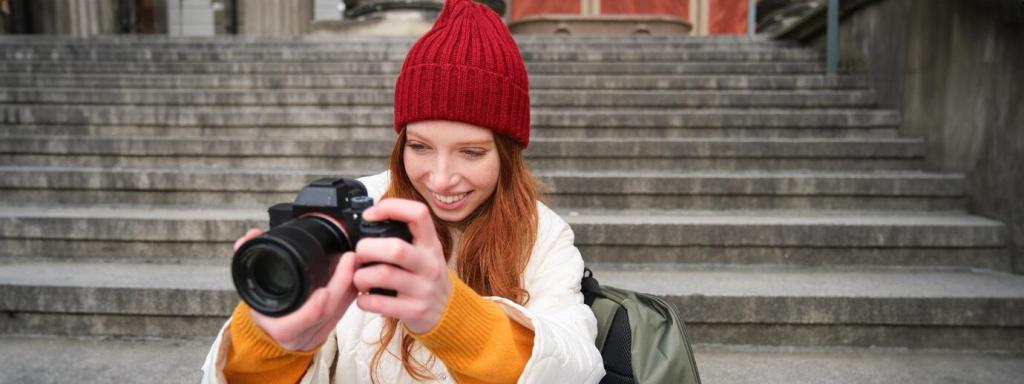
Reflectors and diffusers are essential tools for achieving balanced artificial lighting. A simple sheet of white paper or a reflector can redirect stray light onto shadowed areas of your book, helping to illuminate text and enrich color. Diffusers, such as translucent fabric or dedicated photography diffusers, soften harsh beams and prevent unsightly hotspots. By playing with the angle and distance of these accessories, you can precisely control the distribution and quality of your light. Incorporating such tools enables consistent results, especially when photographing multiple books in the same session or under varied room conditions.
Managing Glare and Reflections
The angle from which you hold your smartphone and set up your lighting directly influences glare. Avoid shooting straight on with the main light source coming from behind or above your camera, which often causes a bright reflection in the center of the book. Instead, try angling both the book and the light source, keeping both off-center from each other and from your device. This placement helps the light reflect away, out of your camera’s field of view, resulting in a clear, readable image. Continuously review your photos and adjust the angles until the glare is minimized or eliminated altogether.
